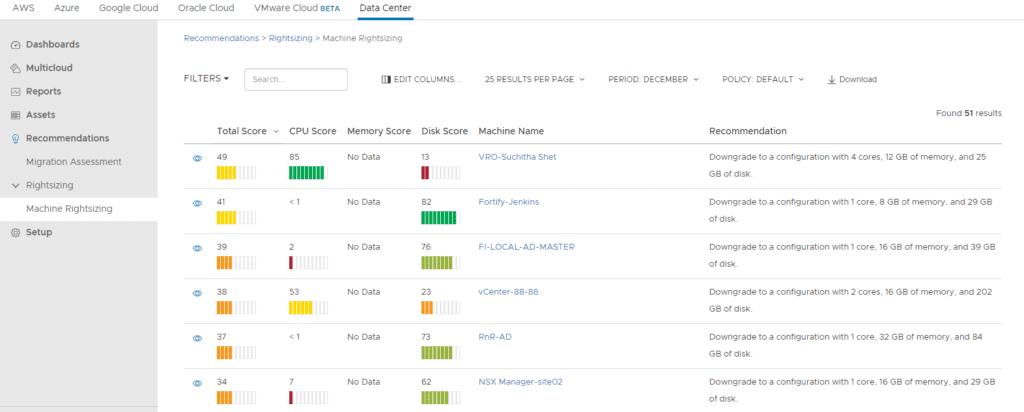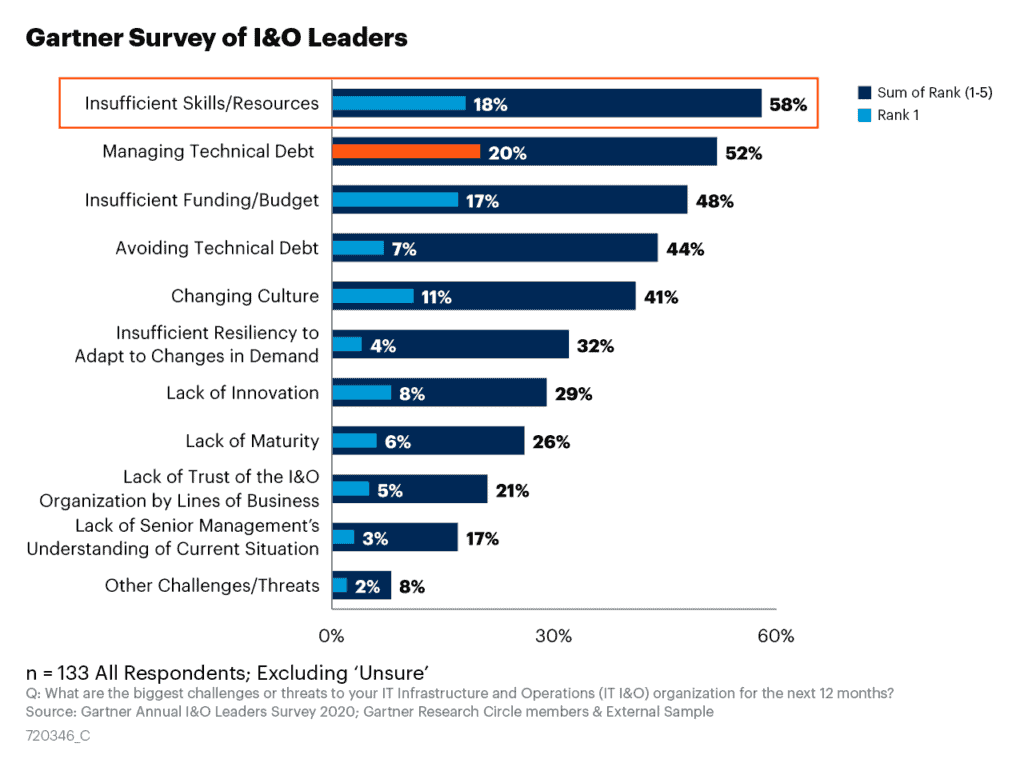2020 is already at the door and the new year begins with a resolution in our lives: whatever goal you set for technology in your company in 2020, it will involve some cloud environment, be it AWS, azure, Google Cloud or Oracle Cloud. This is why it is so important to define cloud strategies for your business.
“Architecture of new services in a hybrid Cloud and the training of the IT team in how to work and manage cloud are the main challenges for CIOs in 2020.”
It wasn't so easy to choose just 04 trends for Cloud strategies in 2020, but we left with a good summary below:
Serverless Computing
As part of the evolution of Cloud maturity, Serveless architecture is gaining in popularity and space across enterprises.
This new architecture used with caution is a big step forward, but not everyone is prepared for it. The biggest challenge is to take everything we've learned about IT infrastructure over the last 20 years and understand that now it will be very different, almost 100% distributed and everything dynamically allocated.
The Serveless Computing model is mostly still “pay-as-you-go” and the price is based on the actual amount of resources consumed and not on pre-acquired capacity units.
RightSize of the environment
One of the main reasons that companies moving to the Cloud have high costs is the mindset of provisioning environments with idle capacity, as historically, IT departments have had to provision the peak demand. This should be an important point of analysis for cloud strategies. However, cloud environments must minimize costs because capacity is provisioned based on average rather than peak usage.
The key to correct sizing is to first Rightsize your Datacenter environment on-premises, and then migrate to the chosen Clouds. This can significantly reduce your infrastructure costs, always remembering that +80% of cloud costs is still spent on IaaS.
Here's a real example of idle capacity in a data center assessment before moving to the Cloud:

Welcome to Cloud Hybrid World
According to the State of the Cloud Report 2019, companies with a hybrid strategy (combining public and private Cloud) grew to 58% in 2019, against 51% in 2018.
MultiCloud is a trend that will continue to gain traction in 2020 and global spending will approach US$ 300 billion, according to the Gartner. In Brazil, it will reach US$ 3.11 billion according to the latest report from abes.
In projects and customer visits, we've identified that companies typically choose AWS for End-Customer Interface Apps, Azure for Enterprise Services, Google CP for Analytics, and VMware Cloud for large-scale legacy applications.
It is also interesting that more and more companies are seeing companies "rolling back" services that have gone to the cloud, mainly for reasons of cost or security. This process is already known in the market as repatriation and maintaining a hybrid cloud strategy becomes even more important, breaking the “LockIn” of a certain manufacturer.
Back to Classroom
Not only are companies that sell software having to reinvent their entire business, but customers also have the same challenge at home: Train all staff on a new concept of Cloud architecture and development.
Developing Cloud competencies requires re-skilling around container orchestration and microservices, as well as applying the concept of DevOps, ItOps, and FinOps.
A very popular role in the market today is that of Cloud Architect, which has as one of its main roles to influence behavior change in relation to the adoption and consumption of cloud services. This change in behavior will lead to a new culture of adopting services like Cloud First, integrating strategy, infrastructure and development.
According to the Gartner, Cloud Architect should be the influencer of behavior.

As for the structure and formation of teams and teams, organizations should change to product-based delivery models, in which developers working in teams or Squads own specific functionality, such as invoicing, ordering or micro-services for service and sales by example and not in a project phase like in the past.
Our recommendation for 2020:
These 4 cloud strategies have a common link: all require care with the Governance processes/costs, tools/technologies and people training.
Very often we find companies underestimating IT governance, thus causing great losses when migrating to the cloud and in the management of environments.
Talk to one of our consultants about cloud control and cost reduction and CCoE implementation.
What is a Cloud Center of Excellence?
The Cloud Center of Excellence (CCoE) is a cross-functional working group that governs an organization's use of the cloud, driving best practices across functions.
The CCoE has three main responsibilities:
- execute the cloud strategy;
- Drive collaboration and using best practices such as Tagging Management, for example;
- Evaluate and use cloud technologies to support business initiatives.
Because CCoE is made up of areas across the organization — primarily finance, operations, and security — the projects and initiatives they create have context and buy in from numerous areas outside of IT, ensuring that everyone is working for what's best for the organization.
The CCoE is tasked with creating a culture of financial awareness (FinOps) and accountability, both of which are crucial to operating a successful CFM FINops function. Some of the indirect benefits include increasing gross profit margins, decreasing cloud spend, improving DevOps speed, and becoming more proactive when it comes to managing hybrid clouds.
